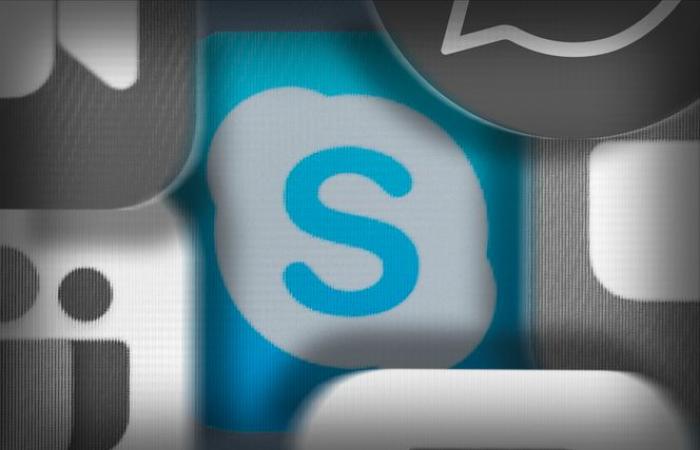Communicating live by video: if the practice is now banality, it has long noted science fiction. In the 2000s, software, Skype, made this fantasy a reality for the general public. But, twenty-two years after its launch, Microsoft, its owner, announced in February that it would end the service on Monday May 5. “Skype has helped shape modern communications and support countless important moments and we are honored to have participated in this adventure”then commented on the American company.
How did Skype, who marked his time to the point of generating a verb, “Skyper”, did he end up falling? Its history begins in 2003 in Europe: the software is launched by two entrepreneurs, the Swedish Niklas Zennström and the Danish Janus Friis, and developed by three Estonians. The latter are already at the origin of Kazaa, one of the black animals of the disc industry at the time, because it allowed to download peer peer files (peer-to-peerdirect exchange between Internet users).
In its first version, available on computer, Skype does not yet allow you to discuss by video, only by voice, provided you have an internet connection. But this is already a great novelty for Internet users, who thus short-circuit telephone operators and can now call for free people based abroad, for example, provided that they also installed the software. The success was immediate, with 54 million registered registered in 2005, and ends up stirring up lusts.
You have 57.24% of this article to read. The rest is reserved for subscribers.









